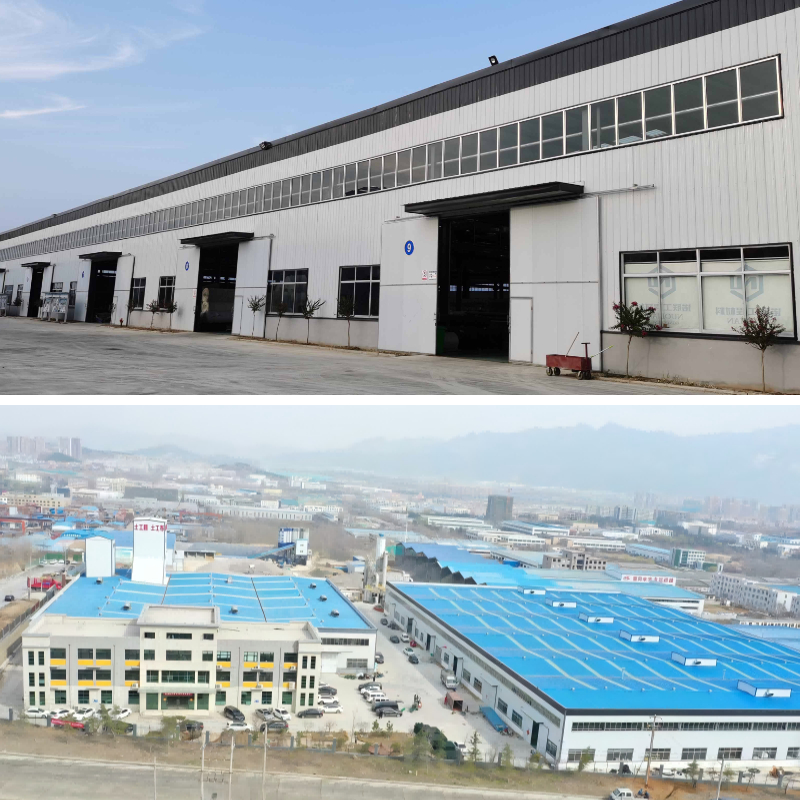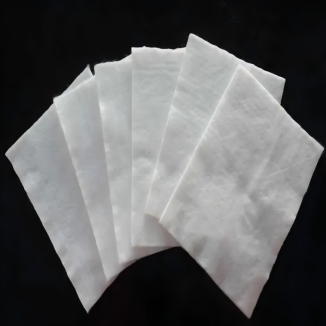3D Vegetation Net Specifications: A Guide for Environmental Engineering
In the subject of environmental engineering, positive erosion manipulate is a cornerstone of sustainable mission success. Among the revolutionary options gaining traction, 3D vegetation nets have emerged as a fundamental tool, working in tandem with erosion manipulate geomats and bio-engineered erosion manage methods to protect landscapes. This information dives into 3D vegetation internet specifications, exploring their role, benefits, and how they combine with different erosion manage techniques to supply long-term results.
Why 3D Vegetation Nets Matter in Erosion Control
Erosion poses extensive threats to development sites, riverbanks, highways, and agricultural lands, main to soil loss, water pollution, and structural instability. Traditional erosion manage measures frequently fall quick in dynamic environments, however 3D vegetation nets, mixed with erosion manage geomats, provide a robust, nature-friendly alternative. These nets furnish a bodily framework that helps plant boom whilst stabilizing soil, making them a key aspect of bio-engineered erosion manipulate strategies.
3D vegetation nets are designed to tackle the obstacles of flat, 2D erosion manipulate products. Their three-d shape creates pockets that entice soil particles, preserve moisture, and motivate root development—critical elements for setting up vegetation in susceptible areas. By appreciation 3D vegetation internet specifications, engineers can pick the proper product to in shape assignment needs, making sure most useful overall performance in numerous conditions, from steep slopes to high-flow zones.
Comparing 3D Vegetation Nets with Erosion Control Geomats
While erosion manipulate geomats and 3D vegetation nets each intention to stop soil erosion, their designs and functions differ. Erosion manage geomats are normally flat, woven or non-woven fabric that furnish a shielding layer over soil, lowering floor runoff and promotion seed germination. They excel in low to reasonable erosion hazard areas however may additionally lack the structural aid wished for steep slopes or high-velocity water flow.
In contrast, 3D vegetation nets characteristic a raised, grid-like shape that enhances soil retention and root anchorage. Their specifications, such as height, aperture size, and cloth durability, make them perfect for high-risk erosion zones. When built-in into bio-engineered erosion manipulate systems, 3D vegetation nets work with geomats to create a multi-layered defense: geomats guard the surface, whilst 3D nets enhance the soil shape and assist deeper root growth. This synergy ensures long-term stability, even in difficult environments.
Key 3D Vegetation Net Specifications for Environmental Projects
To maximize the effectiveness of 3D vegetation nets in erosion control, it’s necessary to recognize their core specifications. These parameters decide how nicely the internet performs in precise conditions, from soil kind to climate. Below are the fundamental 3D vegetation internet specs engineers ought to evaluate:
Material Composition
3D vegetation nets are generally made from high-density polyethylene (HDPE), polypropylene (PP), or biodegradable substances like jute or coir. HDPE and PP nets provide excessive durability, UV resistance, and longevity, making them appropriate for everlasting or semi-permanent projects. Biodegradable options, on the different hand, are best for brief erosion manage in eco-sensitive areas, as they damage down over time, leaving in the back of a herbal vegetation cover. The preference of cloth immediately affects the net’s lifespan and compatibility with bio-engineered erosion manipulate goals.
Height and Thickness
The top of the 3D shape (ranging from 10mm to 50mm) dictates the net’s ability to lure soil and preserve moisture. Taller nets are higher suitable for steep slopes or areas with excessive runoff, as they create deeper pockets for vegetation growth. Thickness, regularly measured in grams per rectangular meter (g/m²), correlates with strength—heavier nets withstand tearing and face up to increased stress from water or wind.
Aperture Size
The openings (apertures) in the 3D netting decide how nicely soil particles are retained and how effortlessly roots can penetrate. Smaller apertures (5mm to 10mm) work quality for pleasant soils, stopping washout, whilst large apertures (10mm to 20mm) are appropriate for coarser soils, permitting deeper root growth. Matching aperture dimension to soil kind is necessary for integrating the internet with bio-engineered erosion manage strategies, as it ensures plant life can set up sturdy root systems.
Tensile Strength
Tensile strength, measured in kilonewtons per meter (kN/m), shows the net’s capacity to face up to stretching or breaking underneath tension. Higher tensile electricity is vital for slopes with unstable soil or areas inclined to heavy rainfall, as it prevents the internet from tearing at some point of set up or excessive climate events. This specification is mainly necessary when combining 3D vegetation nets with erosion manipulate geomats, as the machine ought to face up to mixed forces from runoff and vegetation growth.
Integrating 3D Vegetation Nets into Bio-Engineered Erosion Control
Bio-engineered erosion manage focuses on the usage of herbal substances and vegetation to stabilize soil, mimicking ecological procedures for sustainable results. 3D vegetation nets play a pivotal position in this method via supplying a framework that quickens plant boom and enhances soil structure. Here’s how they integrate:
1. Seed Germination Support: The 3D shape traps seeds, moisture, and natural matter, growing microenvironments that pace up germination. This is mainly treasured in arid or disturbed areas the place herbal vegetation struggles to establish.
2. Root Reinforcement: As flora grow, their roots intertwine with the 3D netting, forming a strong, interconnected matrix that binds soil particles together. This root-n internet aggregate considerably will increase soil shear strength, lowering the threat of slope failure.
3. Runoff Management: The raised format of 3D vegetation nets slows down floor runoff, permitting water to infiltrate the soil as a substitute of washing it away. When paired with erosion manage geomats, this dual-layer gadget similarly reduces runoff velocity, minimizing erosion.
By aligning 3D vegetation internet specs with bio-engineered goals—such as deciding on biodegradable substances for reforestation tasks or high-tensile nets for motorway slopes—engineers can create resilient, self-sustaining erosion manipulate systems.
Choosing the Right 3D Vegetation Net for Your Project
Selecting the most efficient 3D vegetation internet requires balancing project-specific desires with key specifications. Here’s a step-by-step guide:
1. Assess Erosion Risk: High-risk areas (steep slopes, excessive rainfall) demand nets with increased height, tensile strength, and smaller apertures. Low-risk areas may additionally use lighter, biodegradable nets.
2. Soil and Climate Considerations: Coarse soils want large apertures for root growth, whilst pleasant soils require smaller openings. In UV-exposed regions, UV-resistant substances like HDPE are crucial to forestall degradation.
3. Integration with Other Products: If the usage of erosion manipulate geomats, make sure the 3D net’s thickness and tensile electricity complement the mat’s properties, developing a cohesive system.
4. Longevity Requirements: Permanent tasks (e.g., dam embankments) advantage from durable, non-biodegradable nets, whilst transient websites (e.g., building segment erosion control) can use biodegradable options.
By prioritizing these factors, engineers can leverage 3D vegetation internet specs to graph effective, low-cost erosion manage options that align with bio-engineered principles.
Conclusion
3D vegetation nets are a game-changer in environmental engineering, supplying a versatile, eco-friendly answer to erosion control. By perception 3D vegetation internet specifications—from fabric composition to tensile strength—professionals can choose merchandise that combine seamlessly with erosion manage geomats and bio-engineered erosion manipulate strategies. Whether defending a toll road slope, rehabilitating a mining site, or stabilizing a riverbank, the proper 3D vegetation internet ensures long-term soil stability, helps herbal ecosystems, and enhances venture sustainability. As environmental guidelines develop stricter and sustainability turns into a priority, 3D vegetation nets will proceed to be a cornerstone of accountable erosion manage practices.
Contact Us
Company Name: Shandong Chuangwei New Materials Co., LTD
Contact Person :Jaden Sylvan
Contact Number :+86 19305485668
WhatsApp:+86 19305485668
Enterprise Email: cggeosynthetics@gmail.com
Enterprise Address: Entrepreneurship Park, Dayue District, Tai 'an City,
Shandong Province









